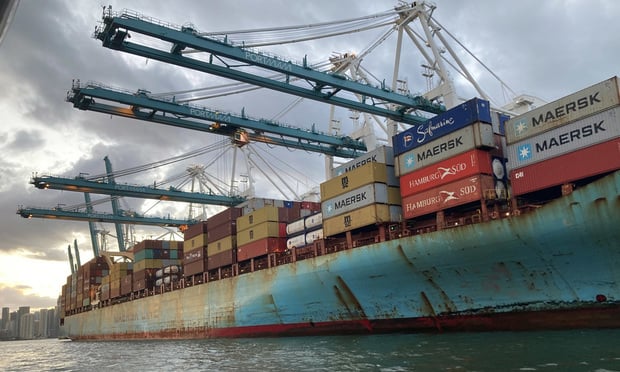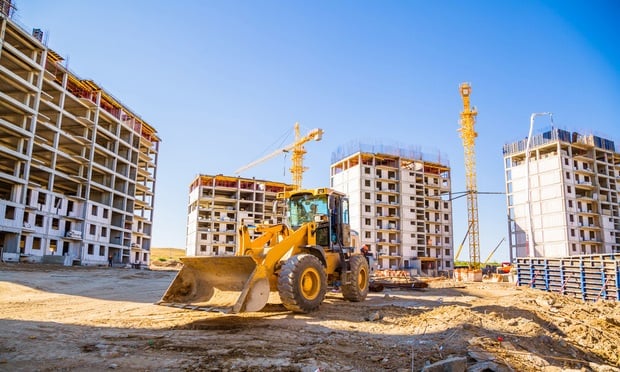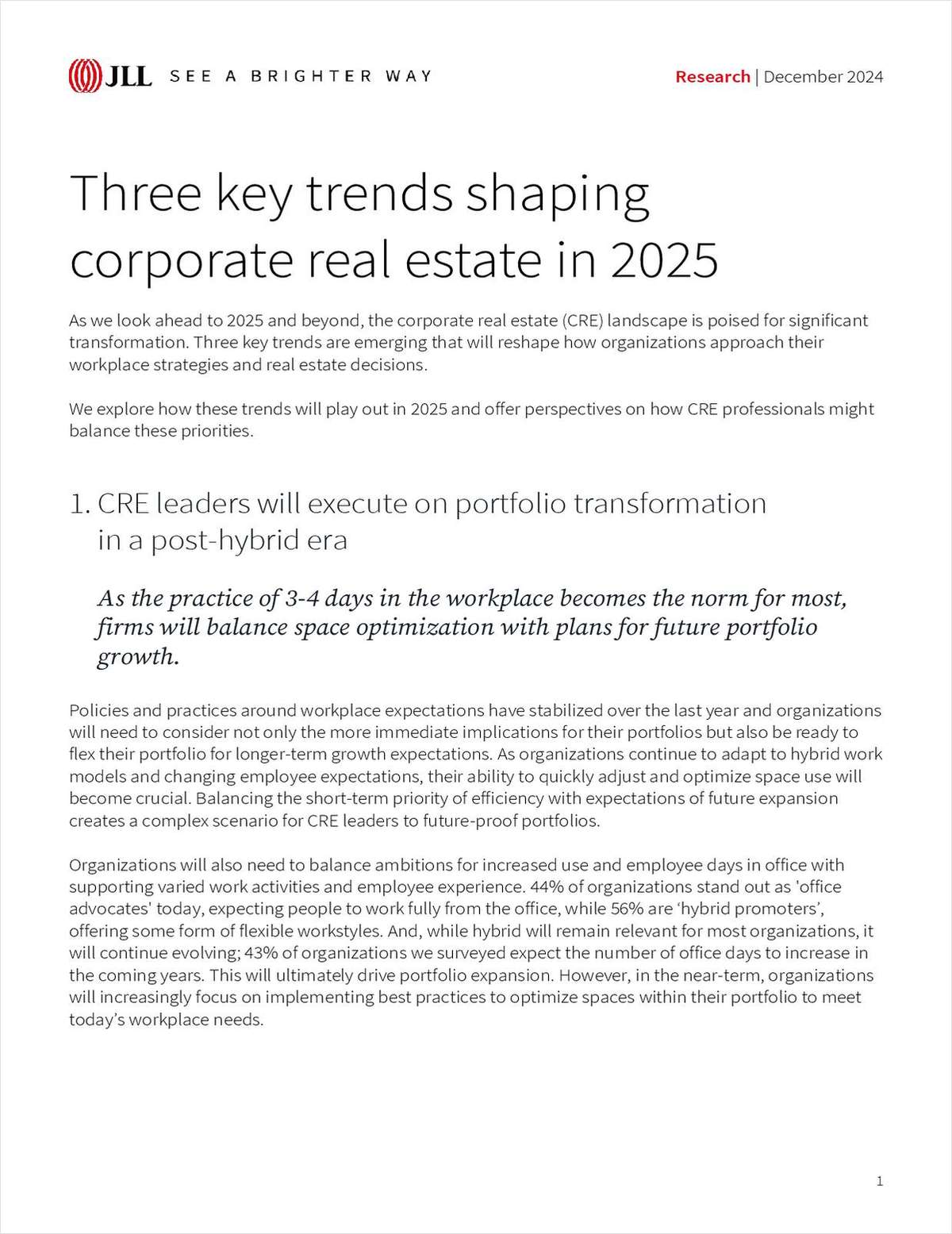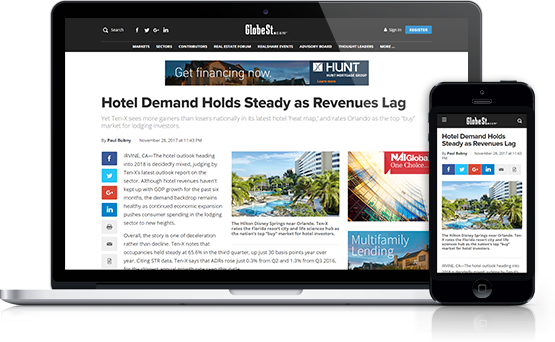SAN FRANCISCO—Technology firms remain on a roll with very healthy net absorption numbers for San Francisco and Silicon Valley—expansion rules for now. That is according to Cushman & Wakefield's Robert Sammons, regional director of research for the Americas. Sammons conducted the REIS San Francisco Roundtable breakfast last week at the Mandarin Oriental Hotel here. But there are a few concerns for the area.
The shrinking FIRE (finance/insurance/real estate) and legal sectors are not just affecting San Francisco but many of the more expensive markets in the US, explained Sammons. “A number of jobs are shifting to lower cost locations while, at the same time, companies are in space efficiency mode (less square footage/employee).” Charles Schwab, he said, is a great example for San Francisco—jobs are shifting to other areas including Austin. On the flip side, he said, are alternative financial services firms such as Lending Club which is growing in San Francisco.
On the tech side, Sammons said, “Many techies would prefer to live in an urban environment which is propelling the more creative divisions to locate in San Francisco proper,” he noted. “Some tech companies are attempting to create more mixed-use campuses in Silicon Valley. Be on the lookout for merger and acquisition activity as employees harder to come by and rather than poach from competing firms, one company will/could purchase another to gain access to the employees.”
Another issue Sammons mentioned, as other sources also recently stressed concern about, was Prop M. “The cap in office development for San Francisco could continue to be an issue for years to come if not adjusted,” he said. “With projects in the pipeline, the City is well over its allocation for some time in the future. Sales prices of land already entitled (recent deals in Mission Bay) have been steep. Will developers and tenants become too frustrated by difficulties of building new product? Will costs to both build and occupy space be too steep?”
- The Mission Bay area, he said, is now on a different path to some extent—away from the biotech base—thanks in part to Uber's decision to build their headquarters in this submarket. Sammons predicted new development to come over the next few years for the area, including multifamily, retail, more UCSF projects, and the Warrior stadium (with additional office).
On the retail front, the Bay Area continues to expand, Sammons added, with “luxury very strong in core areas though fast fashion growing as are some big box retailers, particularly Target which is adding Express locations in the area.”
Want to continue reading?
Become a Free ALM Digital Reader.
Once you are an ALM Digital Member, you’ll receive:
- Breaking commercial real estate news and analysis, on-site and via our newsletters and custom alerts
- Educational webcasts, white papers, and ebooks from industry thought leaders
- Critical coverage of the property casualty insurance and financial advisory markets on our other ALM sites, PropertyCasualty360 and ThinkAdvisor
Already have an account? Sign In Now
*May exclude premium content© 2025 ALM Global, LLC, All Rights Reserved. Request academic re-use from www.copyright.com. All other uses, submit a request to [email protected]. For more information visit Asset & Logo Licensing.








